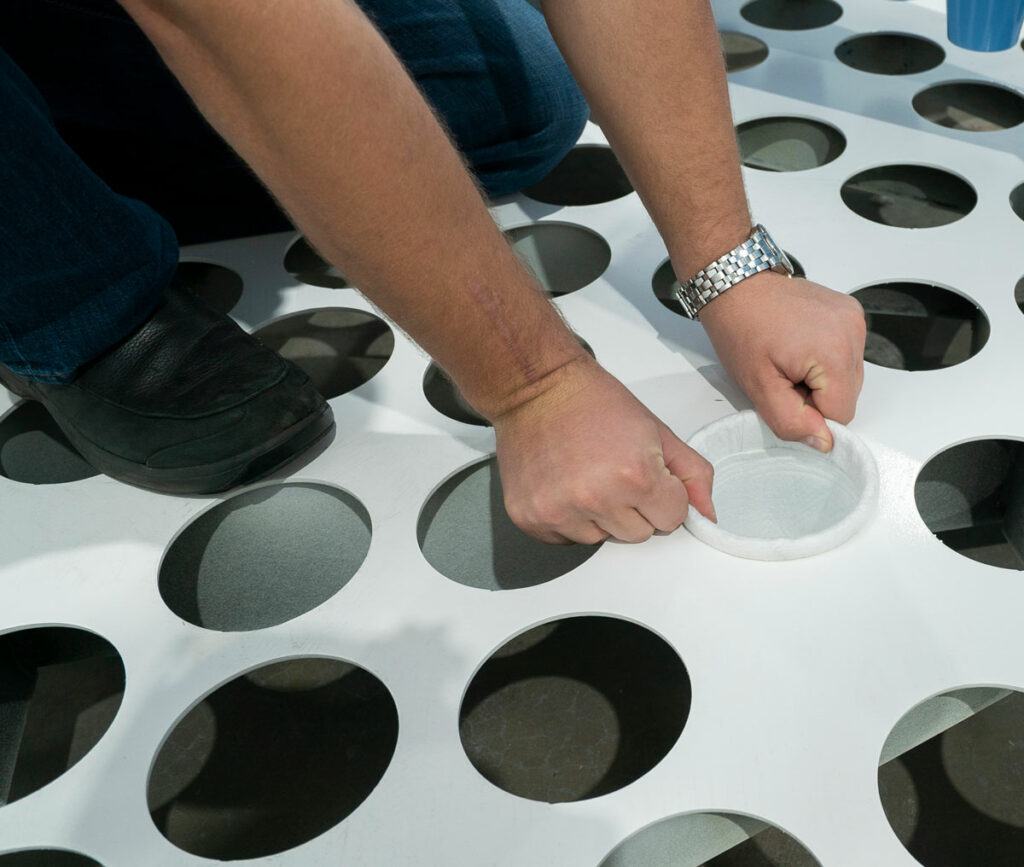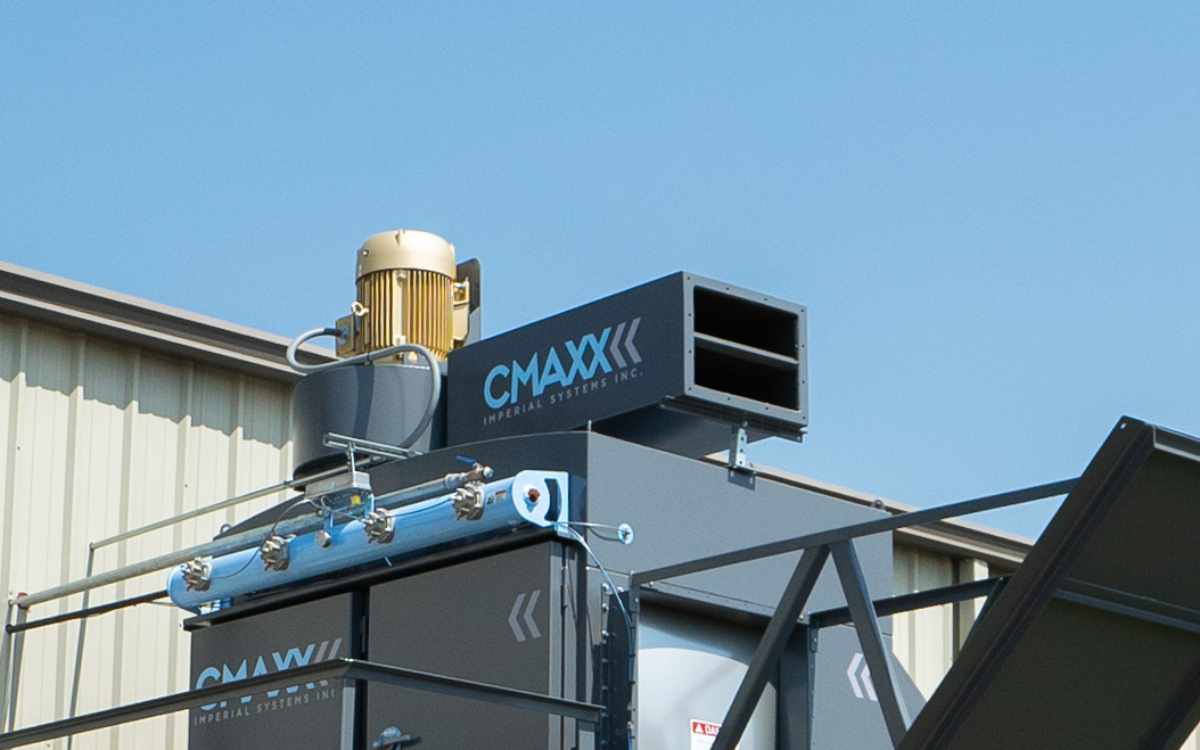In the world of industrial dust collection, maintaining high efficiency and prolonged baghouse filter bag life is crucial. One effective method to achieve this is by applying a pre-coat to the filter bags with specific materials before use. Pre-coating involves applying a material layer to the filter bag media. This creates a base cake that enhances filtration efficiency and extends the filter’s operational life.
The Importance of Pre-Coating
New filter felt media is inherently porous, allowing fine particulate matter, especially those ½ micron and smaller, to pass through. Pre-coating forms an initial layer on the filter media. This significantly increases its efficiency by capturing fine particles and reduces the chances of premature clogging.
Various pre-coat materials are available, including diatomaceous earth, lime, perlite, cellulose, and activated carbon. But the choice of material depends on the specific filtration requirements and the type of filtered particulate. Consulting the filter manufacturer can provide valuable guidance on selecting the most suitable pre-coat material for your particular application.
Preparing and Mixing Pre-Coat Materials
Some pre-coat materials require mixing multiple ingredients to achieve uniform consistency. Ensuring thorough mixing before application is vital for achieving even distribution and optimal filter performance.
Preparing the Baghouse for Pre-Coat Application
Before applying pre-coat to the filters in a baghouse dust collector, certain preparations are necessary:
- Remove all previous dust from the baghouse hopper and deactivate the hopper dust removal equipment, such as airlocks.
- Deactivate and lockout the baghouse cleaning system to prevent filter cleaning during the pre-coat period.
Pre-Coat Application Methods for Different Baghouse Systems
Negative Pressure Systems: In negative pressure baghouse systems, where the baghouse is under suction, inject the pre-coat through ports or inspection doors in the duct or directly into the dust collector inlet or hopper.
Positive Pressure Systems: For positive pressure systems, where the fan blows into the dust collector, inject the pre-coat into the system ductwork on the suction side of the fan.
 Calculating and Applying Pre-Coat
Calculating and Applying Pre-Coat
A good rule of thumb is to use one pound of pre-coat for every 20 square feet of baghouse filter media. Operate the system at 50% of the design airflow to the baghouse. This results in an inlet duct velocity of approximately 2000 FPM. Avoid dropping the velocity below this threshold. Then use a pre-coat feed rate of 1/3 pound per minute per 1000 ACFM of reduced airflow. For instance, for a 25,000 ACFM reduced airflow system, the feed rate would be 7.5 lbs./minute.
Inspecting and Ensuring Adequate Pre-Coat Coverage
Isolate each filter compartment and inspect the filter bags to ensure an adequate pre-coat cake, approximately 1/16 inch thick. Then check the collector hopper to confirm that there is not a significant amount of pre-coat dropout.
Once the pre-coating process is complete, increase the air volume to the normal dust collector design flow level. Then turn on the dust removal equipment (airlock). However, do not reactivate the filter bag cleaning cycle until a differential pressure of 3 to 4 inches SPWG is measured across the bags. This step ensures that a seasoned cake of pre-coat has formed on the filter bags before initiating the initial cleaning cycle.
Pre-coating filter bags is a proven method to enhance the efficiency and longevity of dust collection systems. By selecting the right pre-coat material, properly preparing and applying it, and carefully monitoring the process, facilities can ensure their dust collectors operate at optimal performance levels. This not only improves air quality but also extends the life of the filters, contributing to overall operational efficiency.


